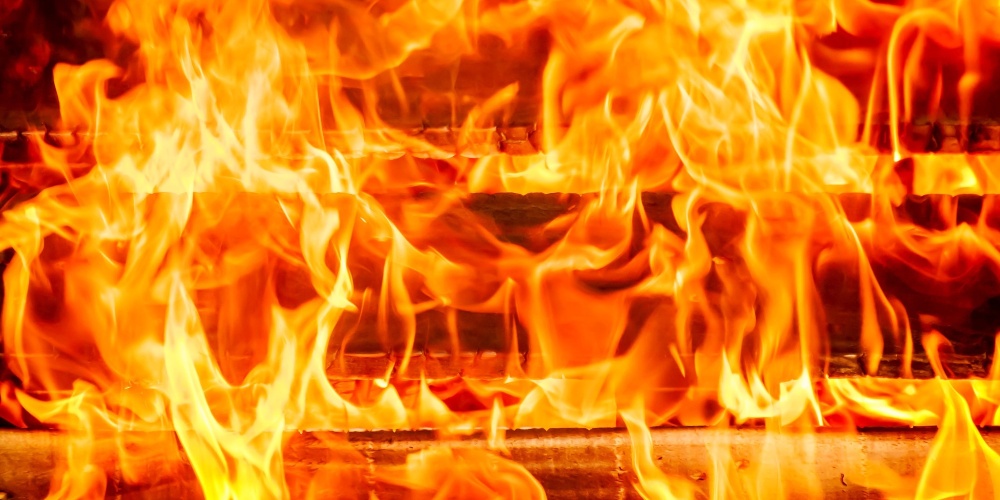
Which would you prefer? That those who gossip about you do so behind your back and thus, you may never hear about it? Or that the gossip be said to your face, even in the presence of others?
One might argue that ignorance is bliss, and that it is best that we not hear what others have to say about us. Yet only with “in-your-face" lashon hara is it possible to “have it out” with those who think ill of you and possibly resolve the issue at hand. The hurt may be great, and the risk of escalation ever present, but if one wants to forge better, more open relations, this becomes a necessity.
This issue would seem to be the subject of a debate between two relatively recent great rabbinic figures, Rav Yisrael Meir Kagan, popularly known as the Chafetz Chaim, and Rabbi Yisrael Lipkin, popularly known as Rav Yisrael Salanter.[1] Their debate revolved around the following scenario: Reuven has wronged Shimon, but Shimon is oblivious to such. Must or should Reuven approach Shimon, tell him what he did, try to make amends and beg for forgiveness?
The Chafetz Chaim argued that yes, this is the only way to actually achieve atonement. The potential for reconciliation is worth the risk that one may cause great pain and increased friction, which would make the situation even worse. On the other hand, Rav Yisrael Salanter countered that since approaching Shimon might be counter-productive, one should not open a potential can of worms. How, then, might one gain atonement? That, Rav Yisrael argued, is not relevant here. One has no right to risk hurting others in order to gain atonement for oneself![2]
While practically speaking, the approach of Rav Yisrael Salanter is easier for most, it is only with the approach of the Chafetz Chaim that teshuva is possible, allowing us to learn and grow from the experience.
This issue is touched upon as the Gemara quotes Rava’s teaching that, “Any statement that is said in the presence of the person concerned is not lashon hara” (Erachin 15b).
To Abaye’s astonished retort that speaking lashon hara in the presence of said person is much worse, Rava responds that he follows the dictum of Rav Yossi, who exclaimed that, “In all my days, I have never said something and then looked behind me”. Rav Yossi had no fear as to who might have been listening when he spoke, as he never said anything he would not say directly to the subject of his speech. Imagine if we all spoke that way.
While lashon hara is, in one form or another, something we all engage in (see Bava Batra 168b), we would do less of it if the victim of our words might be before us. Thus, when one issues an ambiguous phrase that can be interpreted both positively and negatively, one can assume that if the person spoken about is present, it is meant in a positive fashion.
Similarly, the Gemara continues, noting that, “Whatever is said in the presence of three people is not considered lashon hara” (Erachin 16a). This is quite baffling. If it is forbidden to tell something to one or two people—where it might remain a secret—how much more so should it be forbidden to tell it to three or more people? Tosafot explains that this leniency is referring to a case where one’s words can be interpreted in either a positive or negative light. As something said in the presence of three people will inevitably become public knowledge, we can presume that such comments had no negative intent. One does not normally slander people in public, and we can assume that his words had no negative intent[3].
And now we can begin to understand why the Gemara defines lashon hara as saying, “There is a fire is Ploni’s house”. As we explained in our last post, this is a statement that can be interpreted both positively and negatively. After detailing the severity of speaking evil, the Gemara discusses more subtle forms of lashon hara where, despite one’s claim that one did nothing more than “reveal [harmless] information”, one is guilty of lashon hara. While most forms of lashon hara are obvious, some are less so.
It is not so much what one says, but how one says it. Saying, “There is a fire in so and so’s house” might be an innocent statement. But it may not be. And our Sages wanted to stress that we can still violate lashon hara even as one may protest that they said nothing wrong.
Lashon hara consists of both objective and subjective elements. While the former is a more serious violation and can cause more initial pain, it is the latter that is potentially more dangerous over the long term. Overt lashon hara can be compared to slapping someone in the face; it may hurt (in more ways than one), but reconciliation remains possible. But covert lashon hara—“There is a fire in his house”—is like stabbing someone in the back. Without facing up to what we have done, we have closed the door on reconciliation and atonement. And that is the greatest of punishments.
[1] The naming of great rabbinic figures after the books they have written, generally after their most important work, is most common; naming them for their city, less so. Thus, as important as the Mishna Berura may be, the Jewish people have stated that Rabbi Kagan’s book on the laws of speech, Chafetz Chaim, is of even greater significance. Rabbi Lipkin's writings are much less significant than the Mussar movement he created, in which he urged the Jewish people to spend time and effort working to improve our character and hence he is known as Rav Yisrael Salanter, named for the city in which he spend his formative years.
The most famous rabbi named for a city is undoubtedly The Vilna Gaon (about whose actual name there is much confusion, with many improperly assuming his surname was Kramer), whose writings are of a most cryptic style and studied only by advanced students. The Brisker Rav and the Meitscheter Illui are two recent giants who—perhaps due to their meager writings, but great oral impact—are known by the name of their cities.
Interestingly, almost all Chassidic leaders are known by the cities in which they served—few of them were great Torah sages. Those who were are generally referred to as such. These include giants like the Avnei Nezer (Rebbe of Sochochov), the Divrei Chaim (Rebbe of Sanz), and the Ba’al Hatanya (the first Lubavitcher Rebbe). I find this a fascinating topic, one I never really thought about until writing this devar Torah, and one that may be worthy of its own article as opposed to a footnote. Or am I reading much too much into relatively unimportant details?
[2] One has to hope that Shimon recites Tefilah Zaka with great sincerity, especially when he says, “Behold, I extend complete forgiveness to all who have sinned against me….even those who have slandered me.”
[3] Much like Rav Soloveitchik’s assertion that the Talmudic principle that one would not lie if that lie would become evident may no longer be true, I wonder whether these words of Tosafot are true today. Sadly, we live in a society where many have no qualms about saying outright lies and distortions about others, even (especially?) in public and hence, there is no reason to interpret an ambiguous statement in only a positive light.



